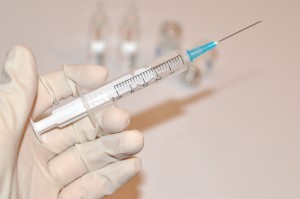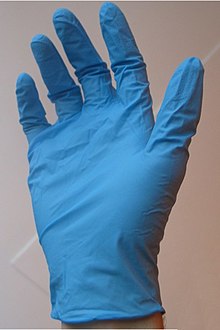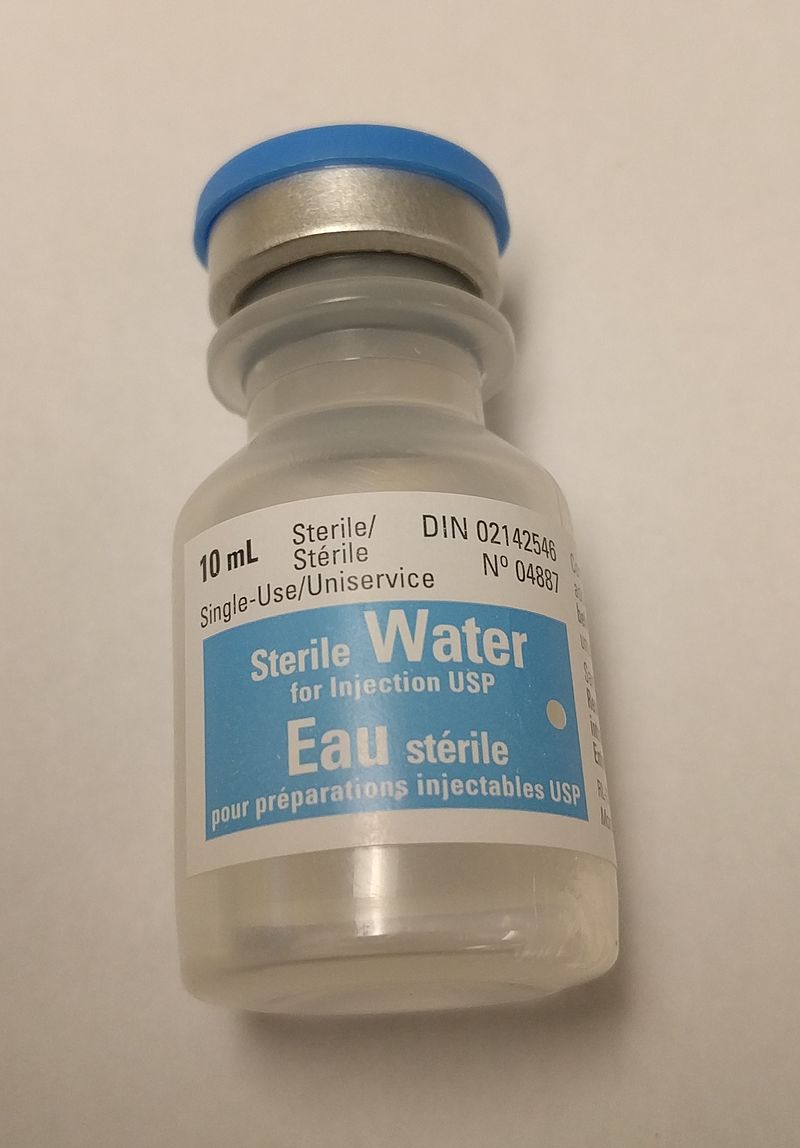Injection
Some drug users may choose to inject drugs into the body using hypodermic needles. This is normally done due to achieve accelerated onset or greater bioavailability. It must be noted, however, that injecting drugs, especially intravenously, increases risk in multiple ways, ranging from physical harm to greater addiction potential.
The risks involved are many but range from minor cosmetic damage to the skin at the injection site to serious adverse outcomes like sepsis or vein collapse in poorly performed procedures or too frequent use of intravenous injection in a region. For certain drugs injection also seriously increases the risk of overdose. These are not dangers to be taken lightly and must be taken into account.
There are several methods of injecting drugs, each with a different technique. Not all drugs are injectable, not all drugs are worth injecting, and which method one uses to inject varies by compound. Therefore, whilst it is always essential to research the properties of the drugs you are using, it is especially so when injecting drugs directly into the body. This article assumes you have evaluated the properties of your chosen drug and that you have selected a drug which is appropriate for your chosen technique.
Equipment
Unlike other methods of using drugs, injection requires significant preparation and equipment. Most of the necessary items are available from needle exchanges or online retailers.
| Item | Description | Image |
|---|---|---|
| Needle | These are the hypodermic tips which attach to syringes. They are typically sold separately from syringes, and come in a variety of lengths and diameters depending on the technique they are required for. | |
| Syringe | These are plastic devices which contain a barrel and a plunger. They allow measured amounts of liquid to be pulled into them, and expelled where required. Typically syringes connect to needles via a Luer Lock mechanism. The size of the syringe you require will depend on the type of drug you use, and the volume of liquid required to dissolve an active dose. | 
|
| Gloves | While some people skip using gloves, they are useful in avoiding contamination and protecting against infection. | 
|
| Alcoholic wipes | These are necessary for cleaning your hands and the injection site. | 
|
| Sterile water | This is necessary for dissolving your drug of choice. If your drug is already in pharmaceutical solution this step is not necessary. If you do not have access to sterile water it is possible to boil water for 10 minutes to achieve a relatively sterile solution, although this is inferior to truly sterile solution. | 
|
